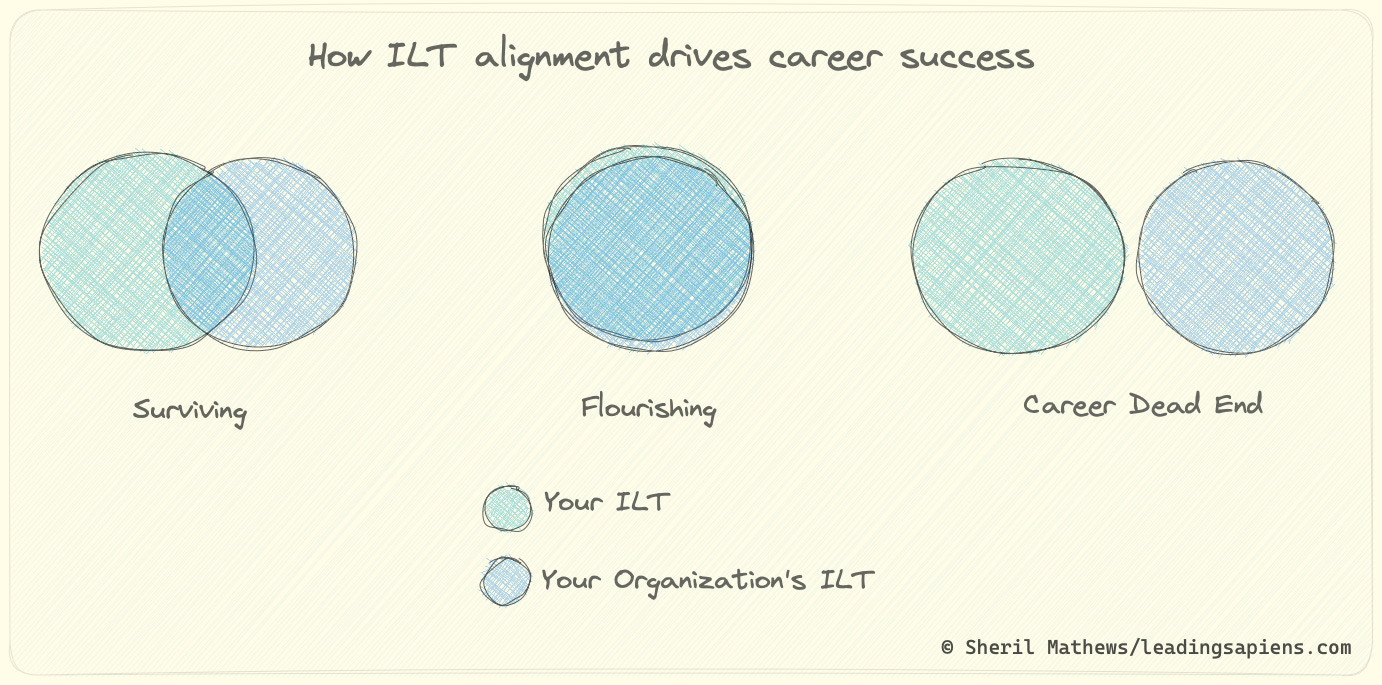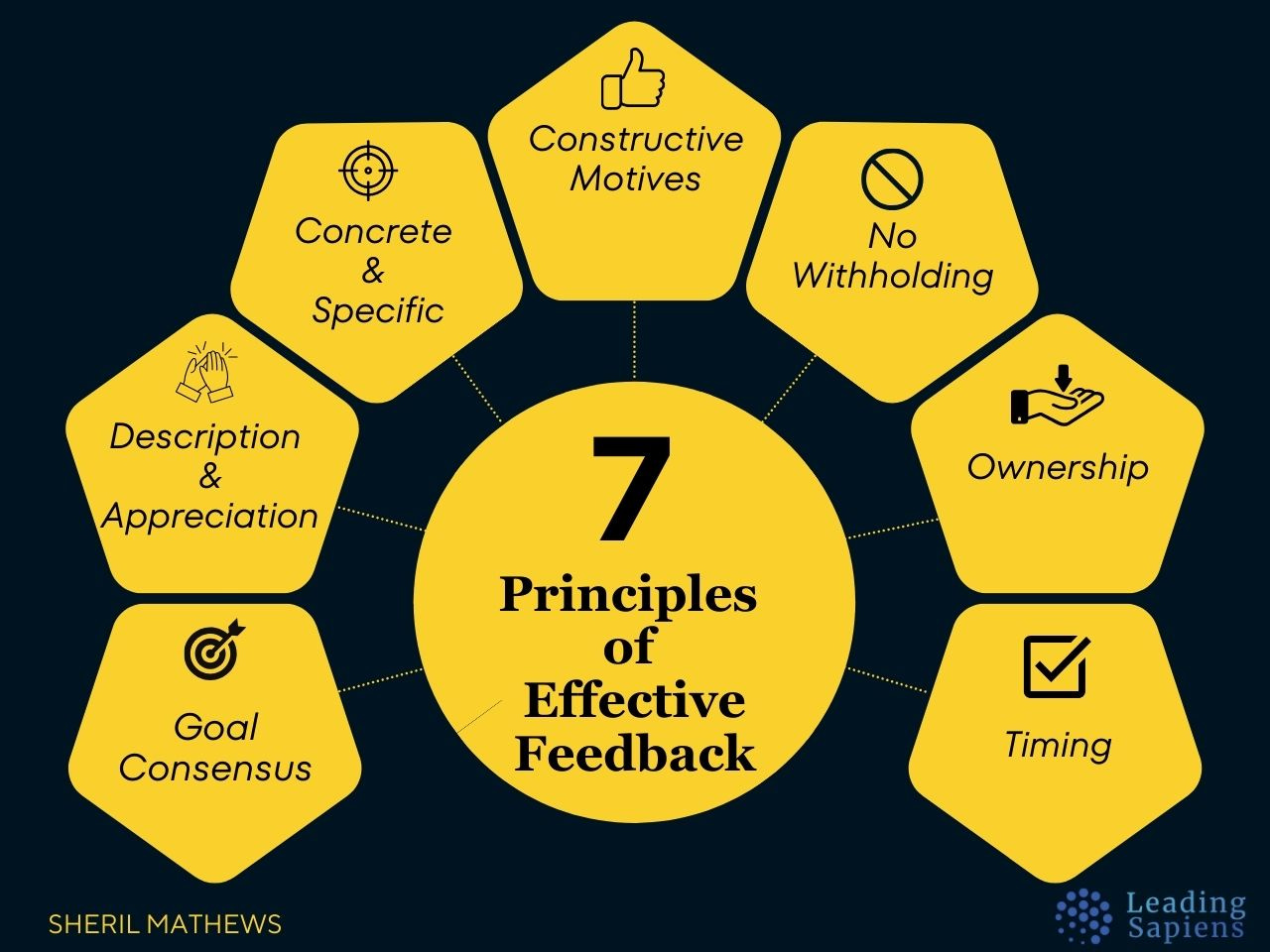Hey there, it’s Sheril! Welcome to my newsletter where I share key frameworks on leadership, careers, & organizations. My goal: help you get smarter at the game of work.
Today’s post highlights how biases skew performance reviews and ways to counter them. I also share related articles on identifying blindspots and giving/seeking effective feedback.
Previous editions if you’re new:
Subscribe so you don’t miss future ones.
The literature on biases can be overwhelming and often not practical. However, there’s one area where they have outsized effects and are worth spending some time identifying — performance reviews.
Annuals/bi-annual evaluations are still the norm in most places. And as much as companies try to make them objective, at the end of the day, they’re still plagued by biases.
Here are 12 of the most common ones:
Some pointers
Before we jump into each one of them, it’s useful to keep the following in mind:
1. Downside is skewed
Most managers have good intentions but are often stretched thin, undertrained, and simply don't have the bandwidth or the incentive to get it right across the board. This means you're the one with the most to lose.
The onus is on us to do the extra legwork to ensure we get a fair rating. Knowledge and familiarity with biases can help, along with extensive documentation, and clear mutually agreed-upon benchmarks.
2. Labels are difficult to undo
The biases highlight why finding the right environment is key. Early labels can predetermine career prospects unless you change managers and teams. Even then, you have a headwind against you. Be aware of this dynamic and adjust accordingly.
3. The dark arts
All biases have positive and negative effects — they can work either for you or against you. This means some of your more “skilled” peers can manipulate biases to their advantage. Newer managers are particularly vulnerable. Or you might be in an organization where this is simply common practice.
Learning these biases can help you identify how these “games” are often played, and ways to effectively counter them. Or, at least change the scene that's more suited to your style.
Let’s jump in.
12 insidious biases in performance reviews
1. Contrast Effect
Definition: Evaluating performance by comparing people against each other, instead of individual job standards. A relative newcomer shouldn't be judged against a veteran's standards, even if they're peers.
How to counter
Agree on clear success criteria beforehand with the manager.
Focus on self-improvement and meeting your performance goals instead of trying to outperform peers. Drive the conversation back to your performance.
As a manager, establish clear evaluation criteria and assess performance individually against those standards.
2. Similar-to-Me
Definition: Managers give higher ratings to folks similar to them in terms of background, personality, and interests. This is often subtle.
How to counter
Highlight your skills and contributions to demonstrate value, even if they differ from the manager's preferences.
Find common ground and interests to increase rapport. Understand your manager’s style.
As a manager, evaluate folks based on performance and skills, not personal traits.
3. ILT (implicit leadership theories)
A larger manifestation of similar-to-me bias where manager's, or even entire organization's, preconceived notions of an "ideal leader" influences whether they see you as "leadership material" or not. I've covered ILT in-depth in the below article:
4. Attribution Error
Definition: Successes are attributed to external factors while failures are attributed to personal shortcomings, giving you no credit, and all the blame. This can be flipped as well, but less common.
How to counter
Be vocal about challenges that were overcome, and the efforts invested to achieve results.
Clearly identify how you did/didn't contribute to the successes/failures.
As a manager, consider both internal and external factors while evaluating performance
More on fundamental attribution error.
5. Halo Effect
Definition: Positive generalization from one aspect of performance to all areas of someone's performance.
How to counter
If positive, there's no need to counter it 😀. Emphasize your positives as much as you can. But, watch out for below-average performance in other areas and work to shore it up. You don't want those dragging you down in the opposite version of Horns effect.
As a manager, evaluate each skill separately and avoid relying on a single aspect to judge overall performance.
6. Horns Effect
Definition: The opposite of the Halo Effect, where a manager's negative impression in one area influences their evaluation of other traits, and overall performance.
How to counter
Showcase strengths and accomplishments, with specific examples, to challenge negative preconceptions.
As a manager, assess each criterion separately and avoid letting negative perceptions overshadow overall ratings.
7. Leniency/Strictness
Definition: Consistently rating people either too generously or too harshly, irrespective of actual performance.
How to counter
Ask for specific feedback, and clarify performance expectations upfront to ensure fair evaluations.
As a manager, use more objective evaluation criterion to provide balanced feedback based on actual performance. Normalize across departments to ensure consistency across managers.
8. Central Tendency
Definition: Manager's tend to rate people in the middle of the scale by default, even when actual performance justifies a higher/lower rating.
How to counter
Communicate achievements and contributions clearly to stand out from the average.
Keep detailed ongoing notes on achievements with specific examples.
As a manager, provide specific feedback and differentiate performance based on objective criteria.
9. Negative/Positive Skew
Definition: Managers consistently rate people higher or lower, regardless of their actual performance.
How to counter
Seek clarifications on feedback and request specific examples to understand where to improve.
Get clear understanding and agreement of what success looks like.
10. Recency Effect
Definition: Undue emphasis on recent events instead of considering the entire review period, including earlier events.
How to counter
Proactively record and communicate accomplishments and milestones throughout the evaluation period.
As a manager, keep records of performance throughout the review period and reference them during the appraisal.
11. Anchoring
Definition: The first/earliest piece of information a manager receives about an employee (positive/negative) heavily influences subsequent evaluations, regardless of overall performance. Also known as: first impression error, primacy effect.
How to counter
Initiate comprehensive self-assessments and regular feedback to ensure initial impression doesn’t dominate.
Maintain consistent performance throughout the appraisal period.
Setup quarterly performance discussions instead of just yearly.
As a manager, seek multiple sources of feedback and assess performance over time to not allow the initial impression to dominate appraisal.
12. Stereotyping
Definition: Making generalizations across groups instead of focusing on individual performance details. Most competent managers are relatively good at avoiding this one, although it still persists in many forms.
How to counter
Proactively demonstrate capabilities and achievements to challenge misconceptions based on stereotypes.
This is often subtle, and keeping extensive notes helps initiate regular communication instead of once-a-year. Ask for specifics, and steer away from generalities.
I hope you find this list useful. Have you come across this in your work? Reply back and let me know!
Related reading
The Johari Window model for identifying blindspots:
John Doerr on OKR hygiene.
That does it for this edition. If you found this useful, forward it to someone who might benefit. Thank you for reading!





